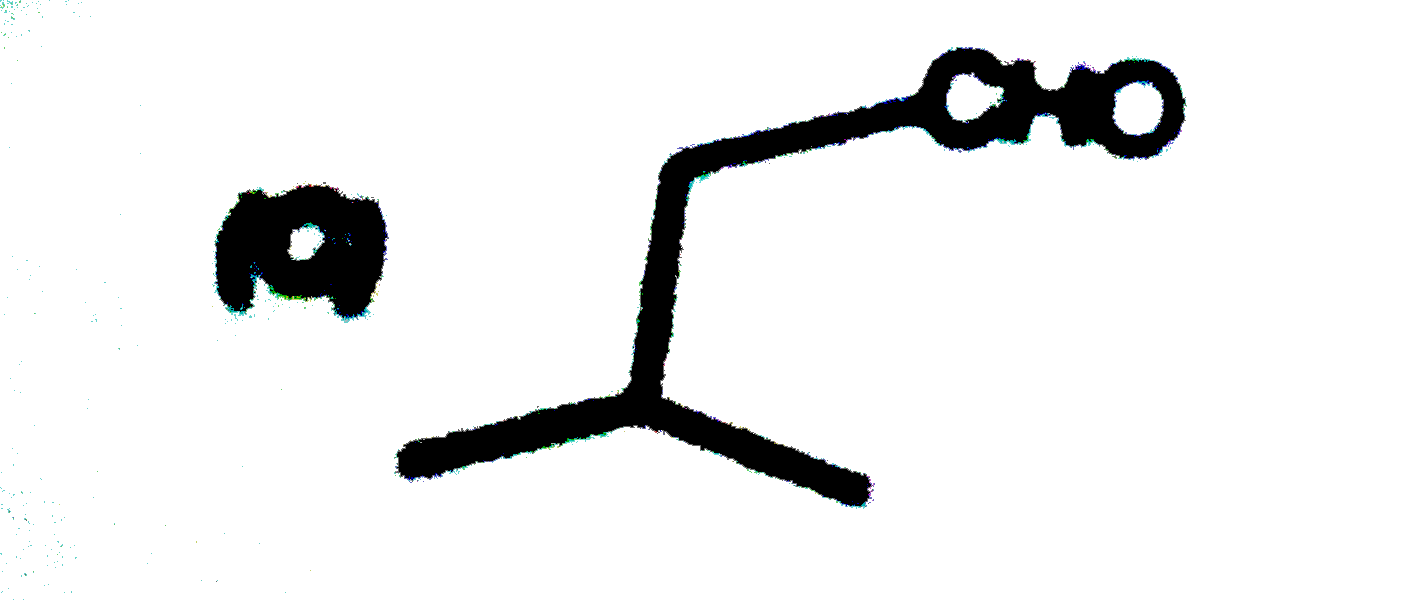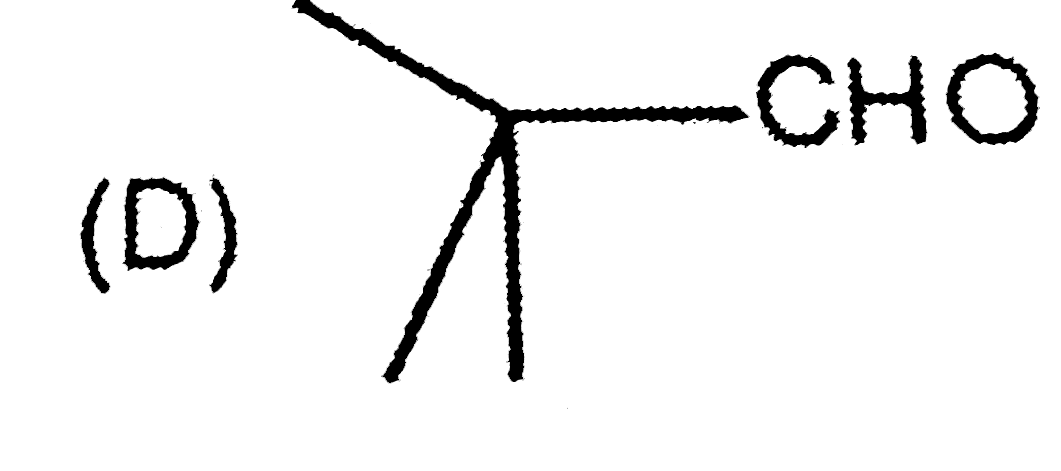\(PCl_{3}\) and an alcohol can react in x:y molar ratio to form corresponding alkyl halide and an oxyacid of basicity z. What is \(\frac{y}{x}+z\)
Step by step video & image solution for \(PCl_{3}\) and an alcohol can react in x:y molar ratio to form corresponding alkyl halide and an oxyacid of basicity z. What is \(\frac{y}{x}+z\) by Chemistry experts to help you in doubts & scoring excellent marks in Class 12 exams.
Updated on:21/07/2023Similar Questions
Knowledge Check
What are the direction ratios of the line determined by the planes x−y+2z=1andx+y−z=3?
A(-1,3,2)B(-1,-32)C(2,1,3)D(2,3,2)3-hydroxybutanal formed when X reacts whith Y in dilute Z solution. What are X, Y, and Z?
AX=CH3CHO,Y=(CH3)2CO,Z=NaOHBX=CH3CHO,Y=CH3CHO,Z=NaCICX=(CH3)2CO,Y=(CH3)2CO,Z=HCIDX=CH3CHO,Y=CH3CHO,Z=NaOHAn alkyl halide (X) on reaction with ethanolic sodium hydroxide forms an alkene (Y) which on further reaction with HBr gives the same alkyl halide.The alkene (Y) on reaction with HBr/ peroxide followed by reaction with Hg metal followed by reaction with HCN produces an aldehyde (Z).Z is :
A B
B C
C D
D
Boric acid on heating at 100∘C, gives (X). (X) on heating at 160∘C gives (Y) and (Y) on heating at red hot gives (Z). Identify (X),(Y) and (Z).
View SolutionX and Y can complete a work in 10 days, Y and Z in 12 days and X and Z in 15 days. What will be the ratio of efficiency of X, Y and Z respectively?
View SolutionPrimary alkyl halide C4H9Br (X) reacts with alc. KOH to give compound (Y). (Y) reacts with HBr to give compound (Z) which is an isomer of (X). When (X) reacts with Na metal it gives compound (P). (X), (Y), (Z) and (P) are
View Solution3- hydroxy 2- methyl pentanal is formed when X react with Y in dilute Z solution. What are X,Y,Z
View SolutionA metal X reacts with aqueous NaOH solution to form Y and a highly inflammalbe gas. Solution Y is heated and CO2 is poured through it. Z precipitates out and Na2CO3 is formed. Z on the heating gives AI2O3. Identify X,Y and Z.
X Y Z
View Solution
